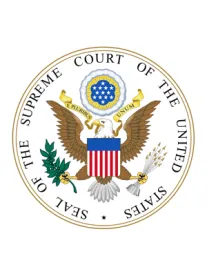On the same day last week, two different judges in the Middle District of Florida issued divergent decisions regarding the effect of the Supreme Court’s holding in Barr v. AAPC, 140 S. Ct. 2335, 2347 (2020). One followed the Eastern District of Louisiana’s groundbreaking decision in Creasy v. Charter Communications and the Northern District of Ohio’s subsequent decision Lindenbaum v. Realgy. But the other is notable because it broke with those decisions, marking the first time a court has rejected them. Compare Hussain v. Sullivan Buick Cadillac-GMC Truck, No. 20-0038, 2020 WL 7346536 (M.D. Fla. Dec. 11, 2020) (following Creasy) with Abramson v. Fed. Ins. Co., No. 19-2523, 2020 WL 7318953 (M.D. Fla. Dec. 11, 2020) (rejecting Creasy).
The plaintiff in Abramson alleged that he had received a pre-recorded telemarketing message to which he had not consented. Id. at *1. Defendant Federal Insurance Company (“Federal”) moved to dismiss under Rule 12(b)(1), arguing that the court lacked subject matter jurisdiction. Id. *1-2. Specifically, Federal argued that the Barr decision held that the TCPA was unconstitutional in its entirety from November 2, 2015 through July 6, 2020, and that courts had no authority to enforce an unconstitutional statute.
The Abramson decision did not meaningfully engage the Creasy decision. It began by observing that Barr “held that § 227(b) of the TCPA, which permitted robocalls ‘solely to collect a debt owed to or guaranteed by the United States,’ while leaving robocalls involving other types of content subject to the TCPA’s prohibitions, resulted in an unconstitutional content-based restriction on free speech.” Id. at *2. It then noted that Barr also found that “the invalid section could be severed from the statute.” Id.
The court then summarily rejected the Creasy rationale, stating that “the vast majority of the cases that [the court] reviewed conclude[d] that parties may continue to bring claims under the portions of Section 227(b) unaltered by [Barr].” Id. (citing cases). Importantly, though, none of the cases the court cited to support its analysis cited Creasy or addressed the logic employed in the decision. Id. Indeed, most of the decisions it cited predate Creasy. Id.
Given how little analysis there is on Abramson, it is hard to say whether other courts might find it persuasive. It is most notable, then, simply because it is the first decision to part—for whatever reason—with Creasy. We will continue to monitor this issue and provide updates as it develops.





 />i
/>i
